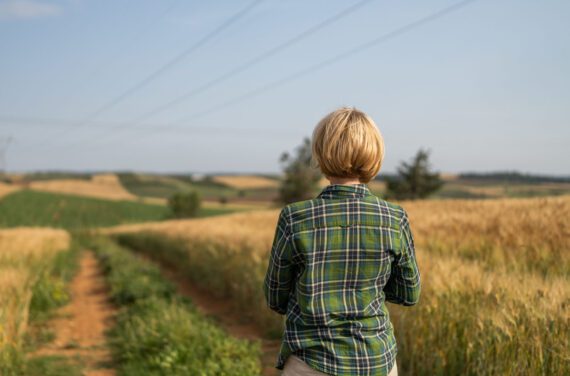By Marlysa Thomas
In an earlier blog post, I focused on the proposals GOP presidential hopefuls shared on how to tackle hunger and poverty in the United States. Although candidates spoke broadly about hunger and poverty, the issue of race was not discussed.
This is surprising given that while the U.S. Census shows a national poverty rate of 14.5 percent, this number almost doubles for blacks (26 percent) and Latinos (24 percent). These two groups are more at risk of experiencing poverty, yet the issue of race didn’t make it into anyone’s talking points or policy proposals, from the earned income tax credit (EITC) to criminal justice reform.
One place in particular in which communities of color are over-represented is our criminal justice system. Blacks and Latinos are two times more likely to be arrested than their white counterparts. And that doesn’t account for incarceration rates. So we see a difference in how these communities are targeted. Yet, while some of the candidates expressed the importance of reform, they limited their conversation of criminal justice to individuals suffering from drug addictions and didn’t touch the racial disparities within this system.
There are deeper issues at play that are being overlooked. One is race. Blacks and Latinos are over-policed. We know from research that blacks and Latinos commit crime at roughly the same rates as whites. However, blacks are 7 times more likely and Latinos are 3 times more likely to be incarcerated than whites due to over-policing in low-income communities of color, which contributes to their over-arresting and over-sentencing.
This racial disparity must be addressed.
Since blacks and Latinos are incarcerated at higher rates—and mass incarceration impacts not only offenders, but their families too—we then begin to see how people of color are more at risk of being pulled deeper into hunger and poverty as a result of mass incarceration. In fact, a study by the Ella Baker Center found that 65 percent of families struggled to meet their household’s basic needs, like food and shelter, and 1 in 5 families were evicted, all as a result of their family member’s conviction or incarceration.
We also know that incarceration lowers wages by 20 percent for former offenders, but this number is unsurprisingly twice as high for formerly incarcerated black and Latino workers compared to their white counterparts.
As a result, the families of black and Latino offenders are more likely to receive half of the earnings that the families of white offenders make when black and Latino offenders return home to provide for their families. This further divide emphasizes the importance race plays in addressing hunger and poverty.
We can infer, then, that over-arresting and over-sentencing of people of color in low-income communities depletes wealth from already low-income households, which makes them more vulnerable to hunger. If we want to solve hunger and poverty in the United States, we cannot continue over-policing, and we have to rectify the hunger and poverty disparities that communities of color have been experiencing.
It is important to talk about criminal justice reform and other policies to address poverty for that matter. But you can’t do the topic of ending hunger much justice without addressing the deep racial issues that undergird the system.
If we want to end hunger and poverty in the United States by 2030, we need to talk about how race impacts how we reach that goal.
Marlysa Thomas is domestic advisor for policy and programs, specific populations at Bread for the World Institute.



